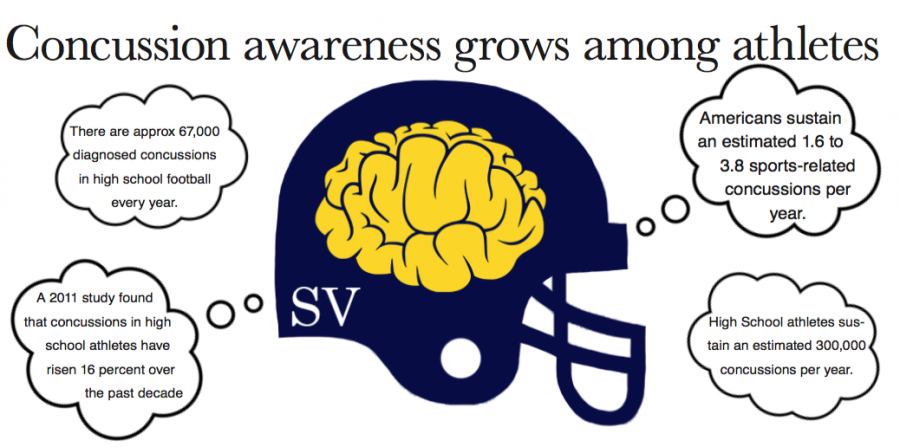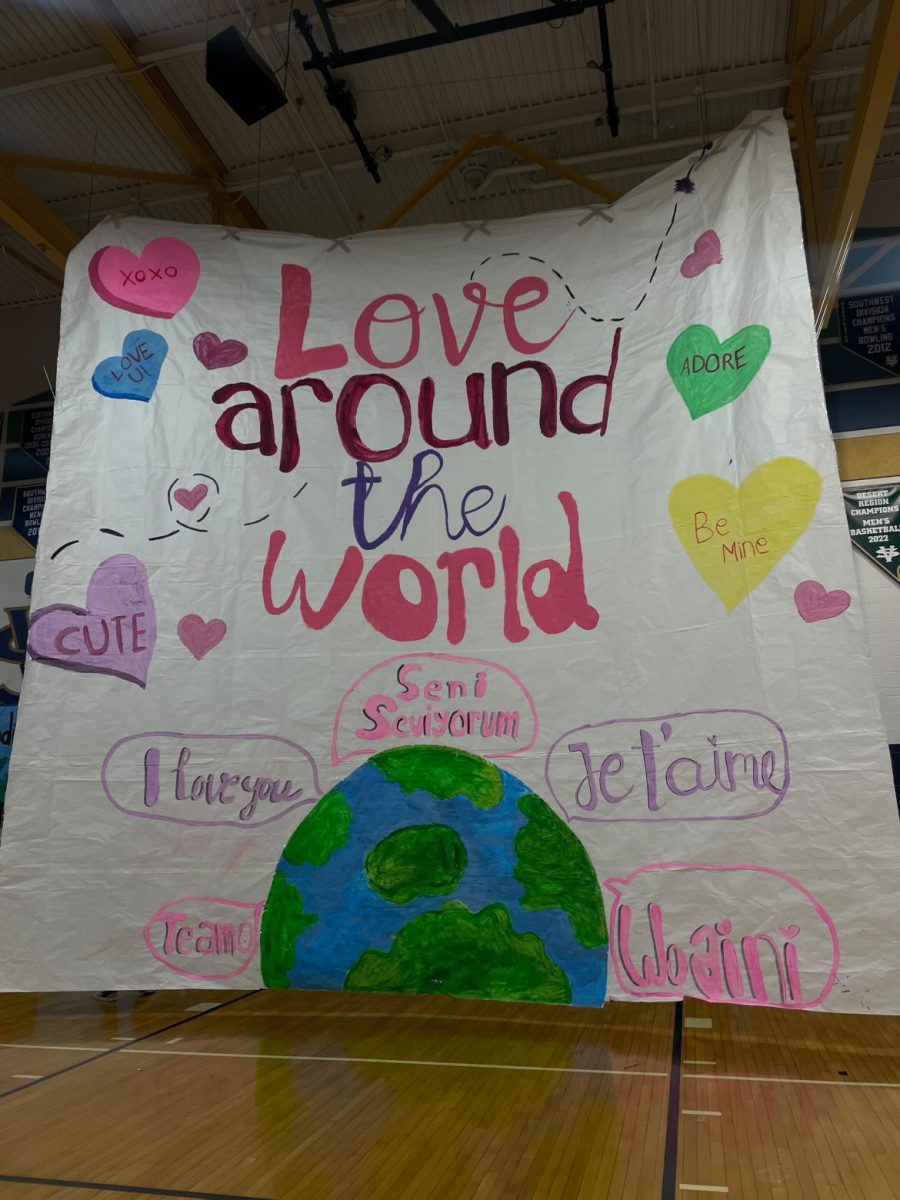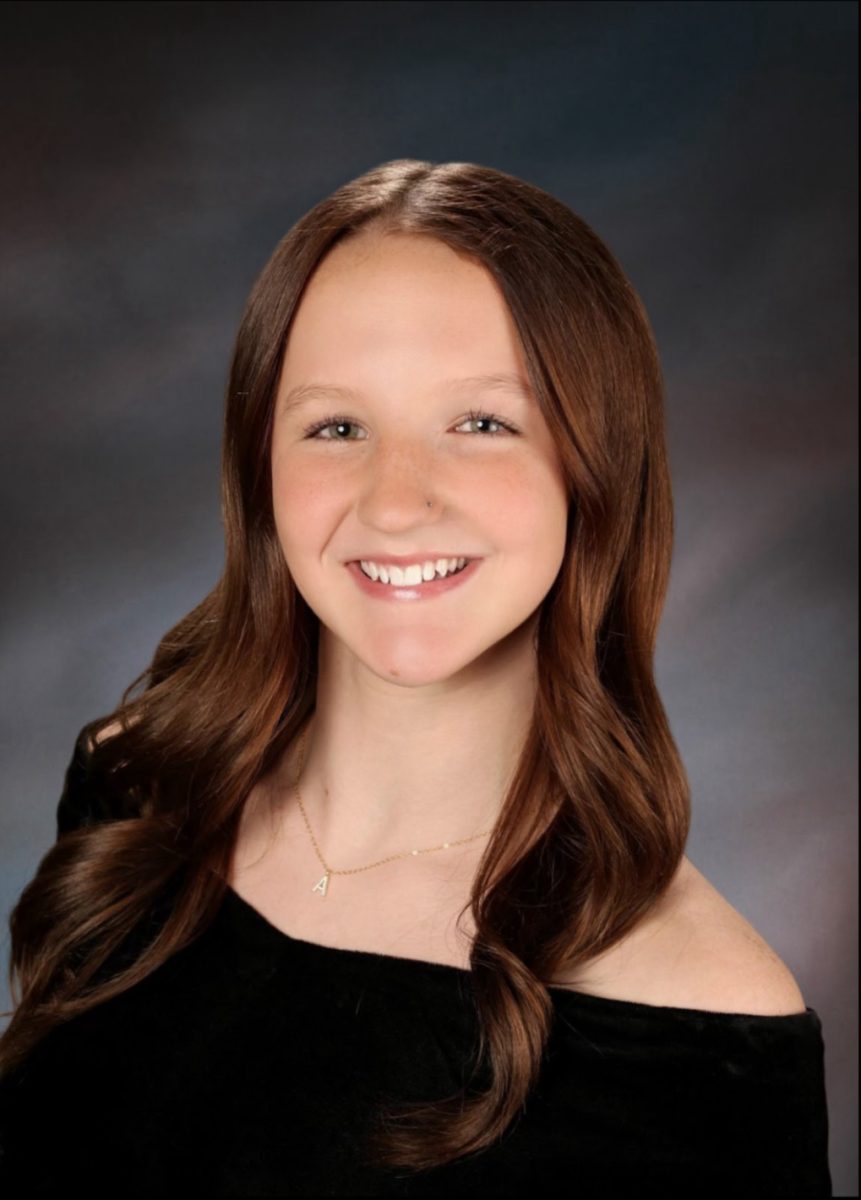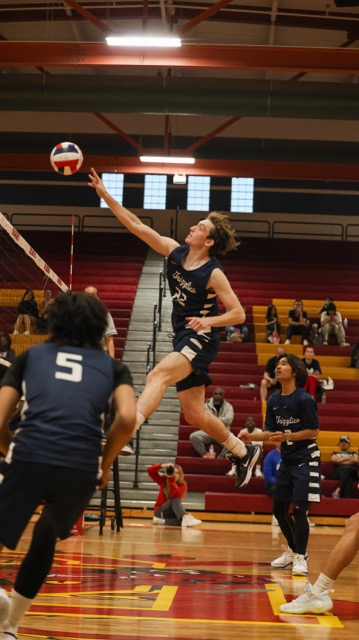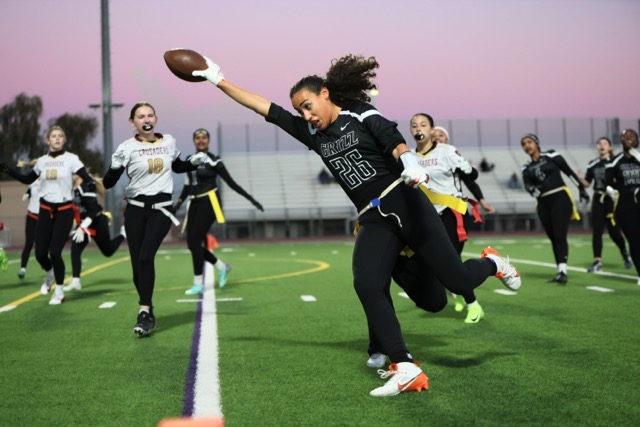It was the third quarter of an intensifying game against the Bonanza Bengals when offensive lineman Jovanny Granados collided with his opponent and his head crashed to the ground. Granados was immediately carried off the field, because he was feeling dizzy and nauseous.
“I started blacking out, then coming back in,” said Granados, recalling that he couldn’t make out any faces around him, and only could hear screams.
Granados was later admitted to a hospital for the night where they diagnosed him with a concussion and dehydration. Although this was Granados only concussion, it left him with long-term memory loss. Granados struggled to remember how he crashed to the ground, and later even smaller details like what happened on his friend’s birthday.
Although at first Granados was devastated about his situation, he found a positive way to cope with it through the help of friends and family.
“I just hang out with my friends, and make more memories so I can keep on going,” said Granados.
Dr. Bennet Omalu a forensic pathologist, and neuropathologist was the first to bring to the attention a condition known in the sports world as chronic traumatic encephalopathy, better known as CTE. Although Granados was not diagnosed with CTE, many who sustain concussions run the risk of developing it later in life – something that school sports programs are aiming to prevent.
Although CTE and the danger of concussions have always existed, it has been brought into public light largely by Will Smith’s film 2015“Concussion” in which he portrays a doctor who discovers a new type of brain injury.
While CTE is a severe type of concussion among professional athletes, it is less common among high school athletes. The dangers and risks of sustaining a concussion however, remain for student athletes. According to Prevacus, a company that develops treatment and rehabilitation for concussion patients, student athletes sustain an estimated 300,000 concussions per year. While the majority of those come from football, soccer basketball and wrestling are all known to cause head injuries. Although the risks can never be fully avoided, Spring Valley coaches have made an effort to make sports safer.
“We make sure everyone is legally equipped,” said Varsity football coach Marcus Teal. “Make sure we check everyones helmets, shoulder pads and make they have all thier pads before they get involved in the contest.”
Despite the many precautions made by coaches, Athletic Director and basketball coach Billy Hemberger said that he hopes students will enjoy playing their sport and leave safety measurements to the coaches.
“We don’t really concern ourselves with worrying about injuries or concussions, the more you worry about it the more likely you are to get hurt,” said Hemberger.
After having a concussion, many symptoms occur immediately, such as mild headaches, having difficulties with concentrating, and drowsiness. Others can take weeks to develop such as sensitivity to light or noise, irritability and blurred vision.
Once a player sustains a concussion, it usually takes two to three weeks before a student athlete can be cleared to play their sport again, according to Athletic Trainer Brithany Gano. During this time, athletes must take an imPACT test meant to evaluate reflexes after a concussion, and eventually do five days of progression exertion before participating in contact sports gain.
“All athletes should follow the protocol,” stressed Ms. Gano. “If you don’t properly heal a concussion, you’re going to be 40 and not remember your own kids names.”
According to Gano, students who sustain three concussions should avoid playing contact sports to avoid long term damage. After three, long term effects often kick in, including short-term memory loss, difficulties with performing daily tasks and constant sluggishness.
Senior Soccer player, Savannah Villanueva was diagnosed with a concussion this soccer season after colliding with her opponent. She took an elbow to the head and hit the same spot as she fell to the ground.
“All I could think about was oh my gosh it hurts.” She said.
“When I tried getting back up I just fell back to the ground.”
Villanueva had a hard time readjusting after her concussion. Her grades suffered because she missed a lot of school and found it hard to concentrate in class without becoming dizzy. It took her four games before she could commit to physical contact again. Since suffering the concussion she feels tougher in a sense and that she can fully exert herself now.
“To just go out there and be like; you know who cares I already got a concussion, so I might as well,” said Villanueva.
Junior Kiran Tello a TITLE also received a concussion while playing basketball. She struck her head on the ground after being tied up for the loose ball with her opponent. This was Tello’s first concussion which left her out of the game for two weeks before her return.
“After the concussion I was excited to be back, and it helped out a lot having such great teammates welcoming me back,” said Tello.


